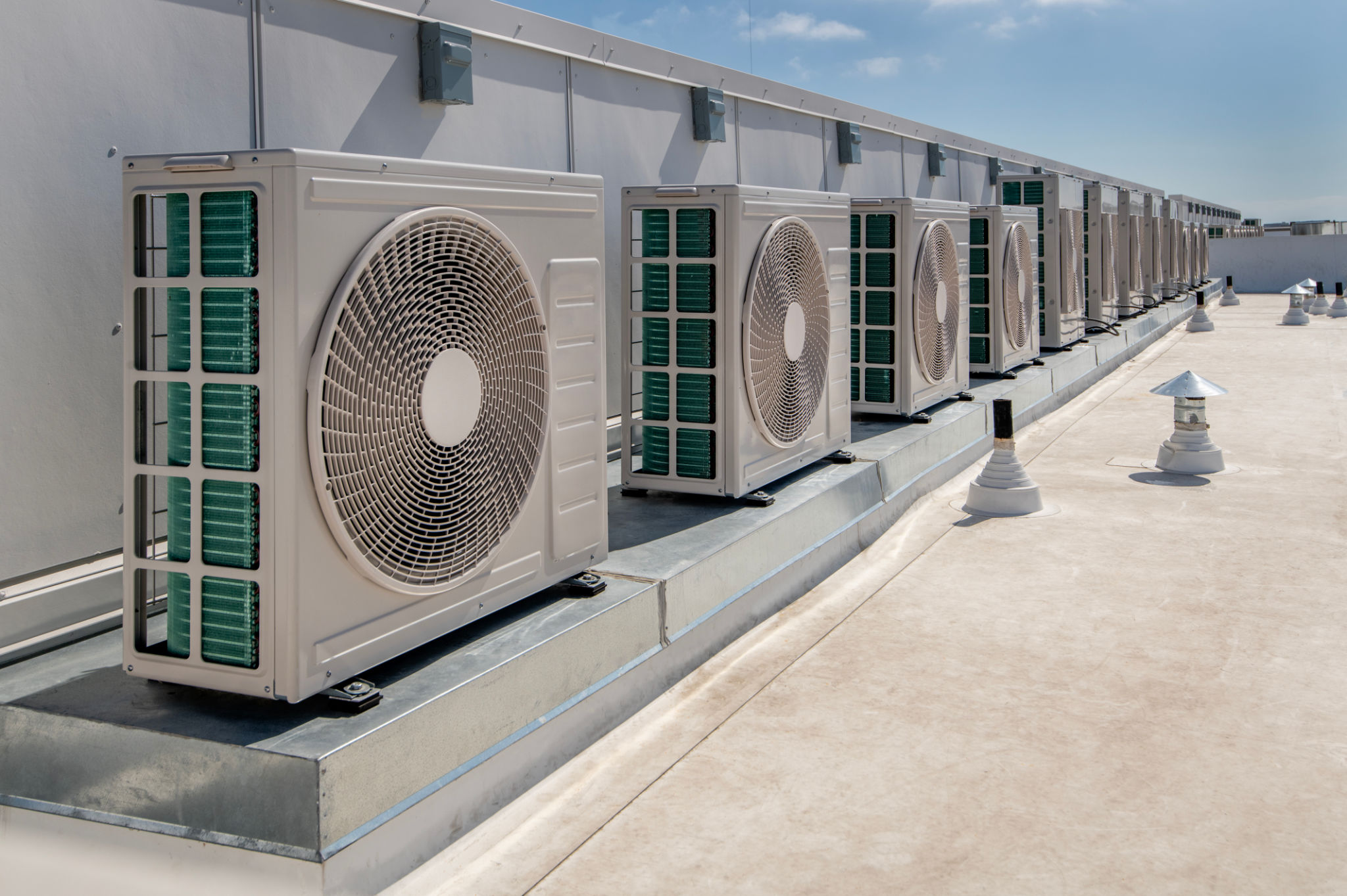Preparing Your Lubbock Home for Winter: A Comprehensive Guide
Inspect and Maintain Your Heating System
Ensuring your heating system is in optimal condition is crucial for a comfortable winter in Lubbock. Start by scheduling a professional inspection to check for any potential issues. Regular maintenance can prevent costly repairs and ensure your system runs efficiently.
Additionally, replace air filters to improve air quality and system performance. Dirty filters can restrict airflow, making your heating system work harder. It's recommended to change filters every 1-3 months, depending on usage.

Seal Windows and Doors
One of the simplest ways to conserve heat and reduce energy bills is by sealing windows and doors. Check for drafts around these areas and use weatherstripping or caulking to seal any gaps. This prevents cold air from entering your home and warm air from escaping.
Consider using thermal curtains for added insulation. These curtains can significantly reduce heat loss, keeping your home warmer and more energy-efficient during the colder months.
Prepare Your Plumbing
Protecting your pipes from freezing temperatures is essential. Insulate exposed pipes in areas like basements, attics, or garages to prevent them from freezing and bursting. You can use foam pipe insulation or heat tape as simple solutions.

If you plan to be away for an extended period during winter, it's wise to keep your thermostat set at a minimum of 55°F to prevent pipes from freezing. Additionally, disconnect outdoor hoses and shut off exterior faucets to avoid potential water damage.
Stock Up on Winter Supplies
Prepare your home for unexpected winter weather by stocking up on essential supplies. Ensure you have a sufficient supply of groceries, water, and medications. It's also wise to have batteries, flashlights, and a first-aid kit readily available.
For outdoor safety, keep a snow shovel and ice melt on hand for clearing driveways and walkways. Proper preparation can help you handle any winter storm that comes your way without unnecessary stress.

Test Smoke and Carbon Monoxide Detectors
As you prepare your home for winter, don't overlook safety devices like smoke and carbon monoxide detectors. Test these devices regularly to ensure they are functioning correctly. Replace batteries annually or as needed.
Carbon monoxide poisoning is a serious risk during winter due to increased use of heating systems. Ensuring your detectors are operational can provide peace of mind and protect your family from potential hazards.
Clean Gutters and Downspouts
Prevent water damage by cleaning out gutters and downspouts before winter arrives. Leaves and debris can clog these areas, leading to ice dams and potential roof damage. Regular maintenance ensures proper water drainage away from your home.

Consider installing gutter guards to minimize debris accumulation throughout the year. This small investment can save you time and effort while protecting your home from water-related issues in the long run.
Enhance Indoor Comfort
Create a cozy indoor atmosphere by adjusting your home's interior for the colder months. Use rugs on bare floors to add warmth and comfort. Layering blankets and throws on furniture can also enhance the warmth of your living spaces.
If possible, rearrange furniture to maximize the heat flow from vents or radiators. Ensuring that these areas are not obstructed allows for better heat distribution throughout your home.
Consider Energy-Efficient Upgrades
If you're looking for long-term solutions to improve your home's winter readiness, consider investing in energy-efficient upgrades. Installing a programmable thermostat can help regulate indoor temperatures more efficiently, saving on heating costs.

Other upgrades, such as energy-efficient windows or improved insulation, can significantly enhance your home's ability to retain heat. While these improvements may require an initial investment, they can lead to substantial savings over time.
